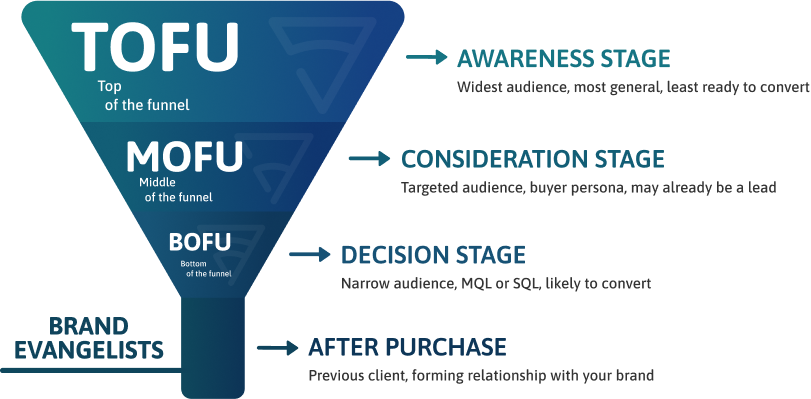The ever-changing nature of the buyer’s journey makes it necessary for marketers to regularly review their practices and devise new strategies to better attend to their audience’s demands and preferences.
No different were the necessary adaptations during the aftermath of the COVID-19 pandemic, in which many businesses had to deal with cluttered tech stacks and disarrayed budgets—consequences of the hurried digitisation by companies due to urgent social distancing measures in 2020.
In the wake of these developments, enterprises now seek to streamline their tech stacks and fix their budgets. This has, in turn, led to increased scrutiny in buying processes, which reflects in the buyer’s journey. For instance, buying committees now have an average of 11 members, and the standard number of touchpoints prior to a purchase has risen to 27, leading to longer sales cycles. These developments require marketers to promptly adapt with updated nurturing strategies, to address new buyer objections and properly earn their trust.
The need to evolve, along with a 2,2% average conversion rate in B2B verticals, has resulted in marketers finding difficulty with driving leads down the sales funnel.
This guide focuses on marketing strategies to efficiently move leads from the middle of the funnel (MOFU) to the bottom of the sales funnel (BOFU).















